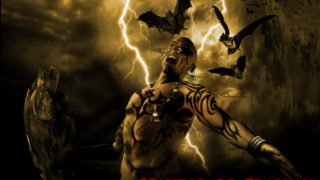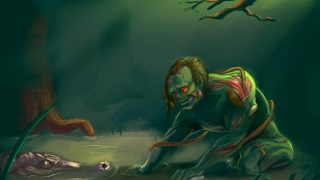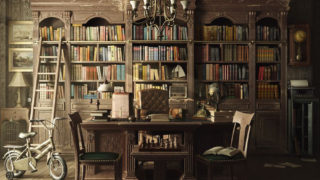
The Making of Hotrod
In this article I would like to show you what kind of methods I used to create my latest picture ’Hotrod’.
|
2. Environment I wanted a city environment for the car, but not a high-tech metropolis or something, but a bit older, just like Budapest, the capitol of Hungary. So after a few walks in the city I built up the houses from real basic objects. Almost the whole environment was created with only boxes, cylinders and spheres with a little modification. Here the textures were much more important than the geometry, which I created with the help of the TotalTextures V1’s and V2’s content.
|
Lighting: there are two lights in the scene, a vray Dome-light and a Target Direct Light. Becouse I couldn’t find a good HDR image for this scene, I used a normal panoramic jpg picture for the dome light. I gave the Direct-light a light orange color, in order to simulate sunlight. GI wasn’t used for this scene. |
|
Finally I created the leaves. You may think that I used PArray or Scatter for these, but becouse I really don’t like these methods I created the leaves „by hand”. First I created 3 type of leaves (3 different texture) and than copied and modified their position a bit after every copy. It needs more time than PArray or Scatter, but I can control them more directly this way and composite them according to my taste. The leaf objects are planes with 2×6 segment. This allows to bend them a little, which is very useful at rendering, becouse the leaves cast a little shadow in order to improve 3D feeling.
|
|
|
3. Postworks First I put another sky behind the scene. I had to improve the trees in the background becouse they were barely visible, so with a simple brush I drew over them. I used a Sharpen filter to make the picture sharper, after this came a little color- and contrast correction. A few detail were added after rendering too – for example the dirt on the window-shutters, the highlights on chromic surfaces or some stains on the big wall behind the car. After adding a very little noise and blurred lines to improve photo-feeling the picture was finished. |
|
|
Related links: |
Two additional view’s are avialable here: Thanks for your time, I hope I could write useful things in this article! |
 |



















